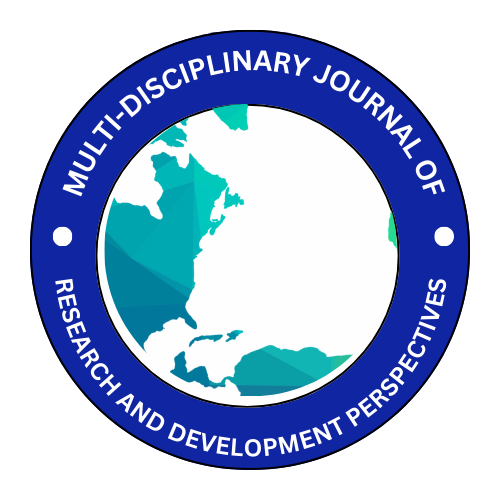MONETARISM, KEYNESIANISM AND STRUCTURALISM: A TEST OF COMPETING THEORIES IN THE CONTEXT OF CURRENT INFLATIONARY EXPERIENCE IN NIGERIA
Author(s): JOSEPH NSABE NDOME, NKANG ENIGHE EYAM, ASHYWEL UGBAKA MALACHY, PATRICK MBANG USANG
Institute(s): 1,2,3,4 Department of Economics University of Calabar
Volume 11 / Issue 1
Abstract
In Nigeria, the persistent experience of macroeconomic instability, likely brought on by the nation's high and sustained inflation rate, served as the impetus for our efforts to further examine the causes of Nigeria's inflation in the context of monetarist, Keynesian and structuralist causative factors. The study's model is made up of four inflation equations (equations 3, 4, 5 and 6). While equations 3, 4, and 5 are based on the monetarist, Keynesian, and structural theories of inflation, equation 6 is an integrated equation from these theories. The findings with regard to the increase in money supply, excess demand, food index, and advancement in methods of agricultural production contribute positively to the current inflation in Nigerian. The outcomes show that, in the short-run, inflation increases in the economy with time lags following a devaluation of the naira. However, in the long-run, the decline in the naira could result in lower prices. The study recommends that monetary authorities should control money supply to ensure that monetary outcomes do not deviate significantly from monetary policy targets; secondly, government should implement measures to reduce aggregate demand. Government should adopt a strategy to modernize the agricultural sector into a mechanized agriculture system
Number of Pages: 47
Number of Words: 13867
First Page: 67
Last Page: 108
